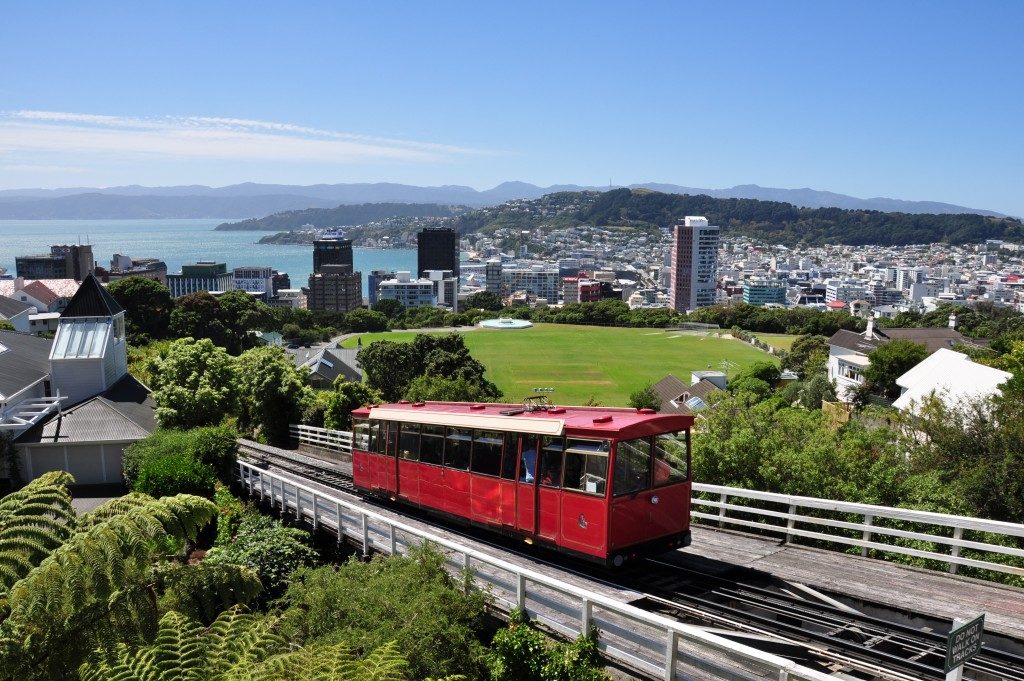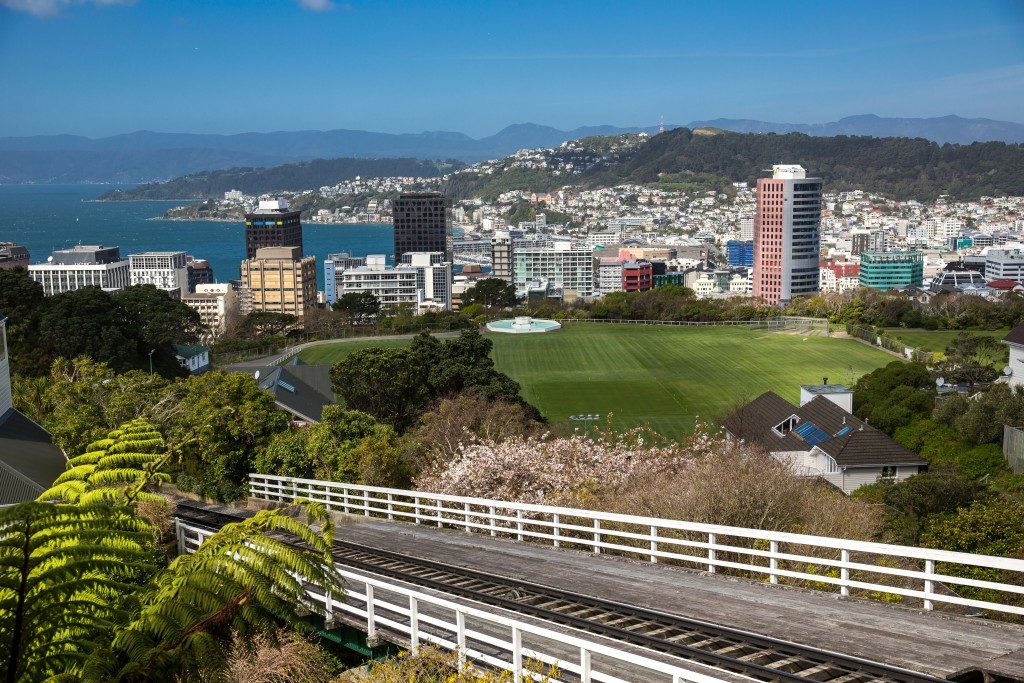A developing world is a breeding ground for economic progress and prosperity. More properties, such as housing, commercial lots, and private establishments, are being put up to better serve people and drive economic growth. On the downside, urbanisation has taken a toll on natural resources and even structures and symbols that have rich historical and cultural significance.
Why has it become a big deal to some people when they see bulldozers, power tools, and petrol-powered concrete saws near a once-celebrated historic structure? Enter: historic preservation.
Historic preservation can be described as communicating the past to the present and the future. It reminds people of what’s important about their history and identity. The Queen Victoria statue of 1899, for example, is a symbol of Britain’s ties while the Pencarrow lighthouse from 1859 signifies the nation’s first permanent lighthouse.
Economic Implications
It’s clear that historical locations and symbols are important, but is that really all there is to them? When people hear of economics, what comes into people’s minds are the concepts of agriculture, trade, manufacturing, and tourism. Where does preservation fit in this picture?
Employment and Income
Since historic preservation means maintaining structures and locations, it’s a labour-intensive job that can be comparable to jobs requiring little formal education. For other countries such as the United States, the state of Utah creates jobs per $1 million worth of output from other industries. This line of work is historic preservation.
Culture Revitalisation

Another implication of preservation leads to increased economic opportunities through rehabilitation projects and the recognition of the identities of states and communities. Here, not only will cultures thrive but also small businesses and the inflow of people into these locations. Operating near heritage sites, for example, offers an advantage to small businesses, and that’s not only because of the cost of occupancy.
Tourism
Since tourism affects the economy, new visitors to New Zealand are also just as interested in its historical and cultural background along with its scenic spots and landscapes. These tourists are important drivers of the economy. In relation to revitalisation discussed earlier, visitors tend to spend more money on establishments and restaurants near or associated with a landmark or popular structure.
Property Advantages
Did you know that values for houses and areas of land near a historical area appreciate at a quicker pace than your standard home lot? This goes against the notion that living within a historical landmark has a negative impact on land or property value. In addition, it makes identifying your location to other people much easier.
Around the world, important landmarks or icons may be compromised or even taken down for other significant reasons. Historic preservation not only means retaining important events and communicating the past to future generations. It also means continuous potential for economic opportunities that not many people may consider.
Websites such as Heritage New Zealand are all about protecting the country’s heritage, which also includes historical preservation with help from the local government and advocates who continue to push culture and history forward for the next generation.

